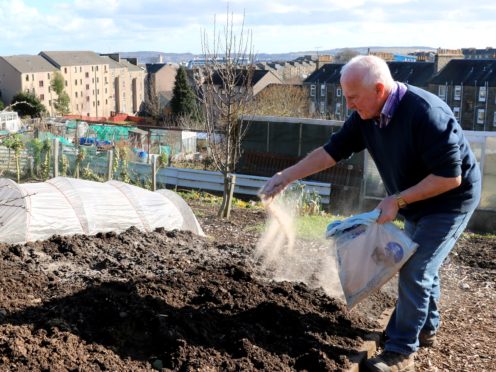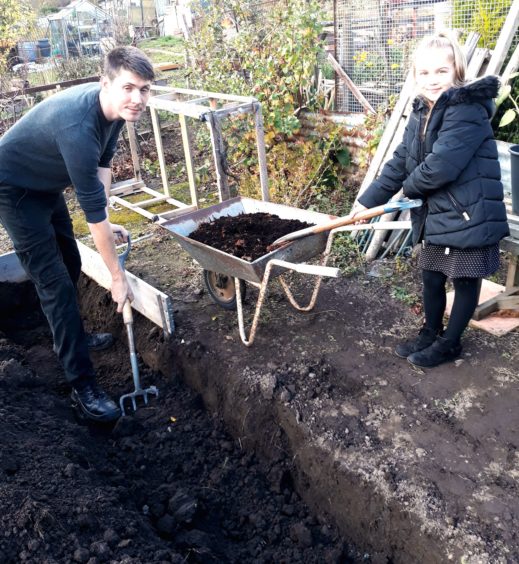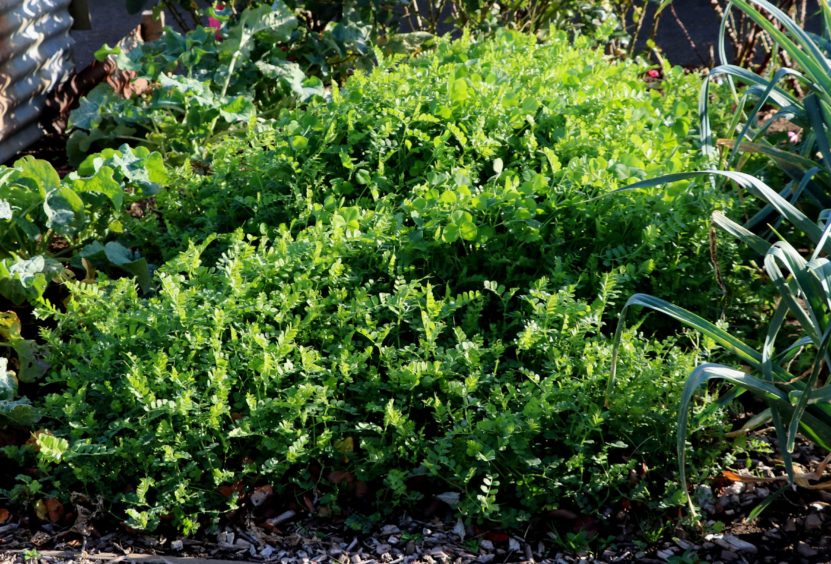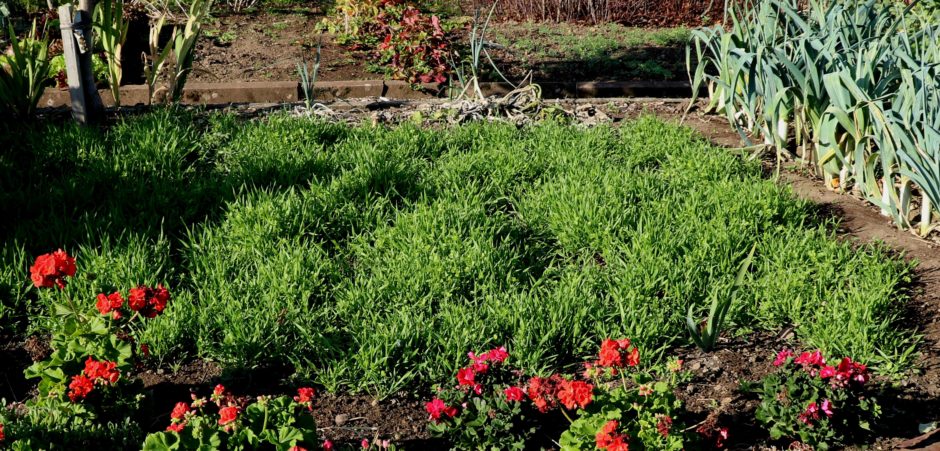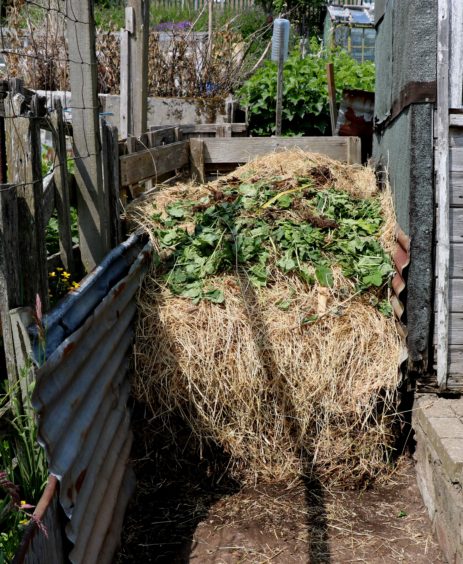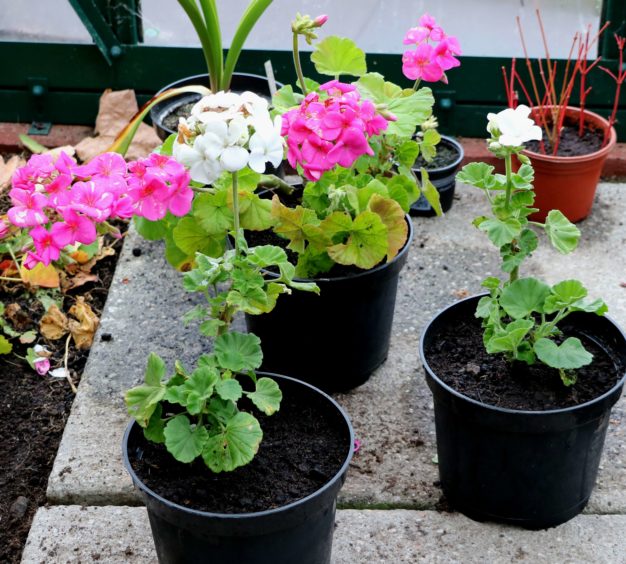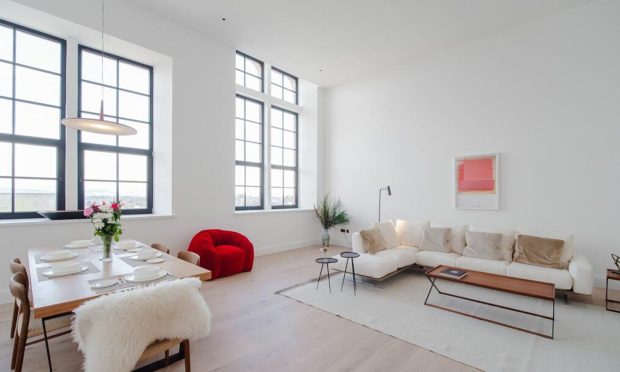John Stoa gets his hands dirty with some soil improvements.
As gardeners we do our best to grow top quality plants, whether it is trees, shrubs, roses, herbaceous borders, rock gardens, a beautiful lawn, flowers, fruit and vegetables.
Every plant has its own requirements for cultural needs, location, shelter and soil.
If you want the perfect lawn, the soil must have excellent drainage, as this benefits the growth of the fine grasses and discourages diseases and moss.
The best golf courses are often found on sandy coastal links ground.
Roses prefer a deep fertile clay soil and rock garden plants need well drained stony soils. Fruit and vegetables grow best on well drained fertile soil, though root crops fare best when the land was well manured for a crop the previous year, otherwise the roots will tend to split.
Allotment gardens are usually a mixture of fruit, vegetables, some flowers to brighten up the plot, a compost heap, a wee shed for tools, storage and shelter, and a greenhouse for the tomatoes, a grapevine and bringing on the young plants from seed.
We all have a competitive spirit, so crop size, weight or flower power is very important if we are to keep up with other plot holders.
This is where soil fertility comes in as each crop has its own needs.
We resolve this issue with crop rotation and dig, manure and use green manures according to crop requirements.
Some people use a three year rotation with potatoes and roots followed by brassicas and these to be followed by the heavy feeders of onions, leeks, peas, beans, sweet corn, courgettes and pumpkins.
Rotation is important to keep ahead of diseases, but with so many new crops to try out, a four year rotation may be a better choice.
I also incorporate my strawberries into the rotation as these get dug out every three years with new runners planted on new soil.
Once you get the rotation organised you will know in advance what crops will receive the most compost (the heavy feeders) those that get a lesser amount (potatoes and brassicas) and those that don’t get any (the rootcrops.)
You need this information in late autumn as you start the winter digging incorporating compost as planned.
Retain some compost to add to potato furrows as well as extra at planting time for courgettes and pumpkins.
I plan to complete digging by Christmas though sometimes weather has a say in matters and some areas may have a winter mix of green manures which can be left till the end of winter. Always leave the soil surface as rough as possible as this will expose a large surface area for weathering by winter frosts.
Keeping a good compost heap is essential for adding organic matter to increase soil fertility. I add anything that is of plant origin though it gets chopped up first to help it rot down. Rhubarb leaves, disease free potato haulms, grass clippings, annual weeds, kitchen waste, autumn leaves and wood shreddings from pruned roses and fruit bushes.
Having access to cow or horse manure is a bonus.
Some plants such as sweet peas will benefit from taking a foot deep trench out and forking up the bottom adding compost as you proceed.
This double digging is also essential for permanent planting of roses, raspberry rows, new trees and other fruit bushes likely to be left for ten or more years.
The land allocated for brassicas, (cabbage, sprouts, cauliflower, kale) is normally given a dusting of lime as all of these plants prefer a higher pH value than most other crops.
However it is better to buy in a soil testing kit and test the soil to find out what its pH value is then apply the correct amount of lime.
Add the lime towards the end of winter but well in advance of planting.
Green manures sown in late summer onwards or in spring for late planted crops will add a huge benefit of organic matter, added nitrogen and other trace elements and help to break up a stiff soil.
Wee jobs to do this week
As autumn begins to fade and winter weather arrives it is time to remove geraniums from tubs, borders and hanging baskets.
Although we have had a few mild winters they seldom survive once the temperatures drop. They can be cut back and potted up with good compost as stock plants and kept in a cool but frost free greenhouse or windowsill.
Once they put on some growth the tops can be taken out for cuttings as well as keeping the plants stocky.
Then in spring and early summer as the young cuttings begin to grow upwards take out the tops to encourage them to branch and use these tops as another batch of cuttings to increase stock for the summer display.
